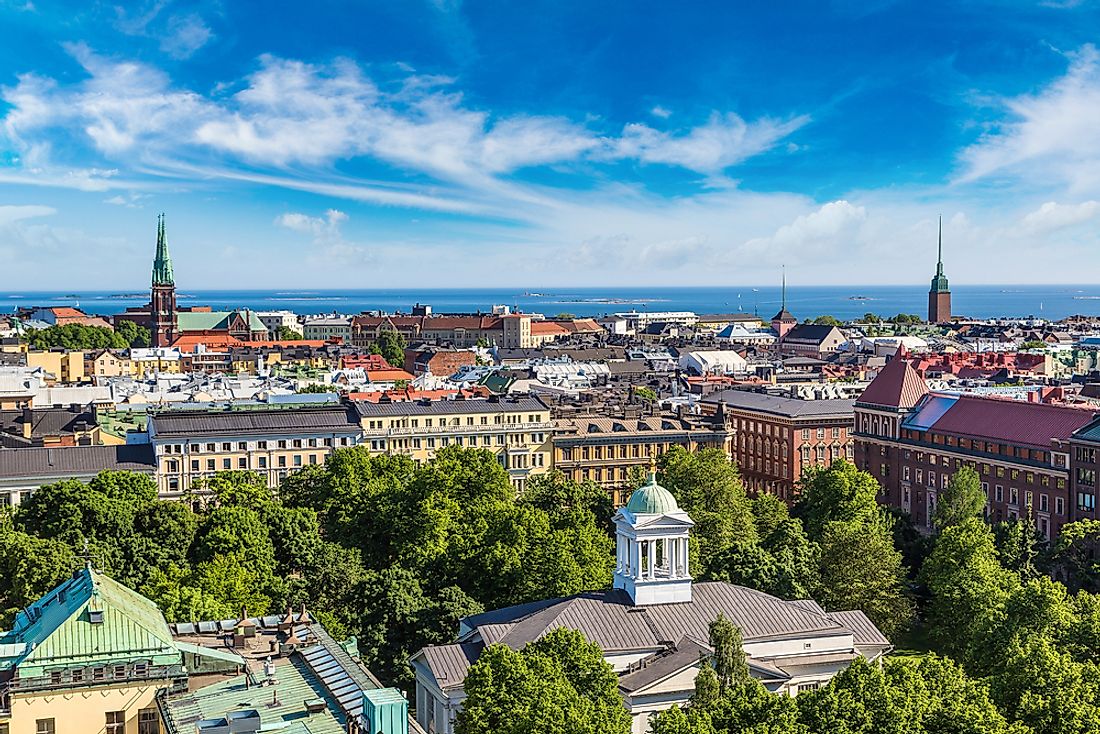What Are Core Countries?

Core countries are the wealthy and robust nations which support all the other sub-periphery and periphery nations. These are industrialized capitalist nations which control the world market while benefiting the most. Core nations are the wealthy nations with vast resources which are favorably positioned as compared to the others. They have powerful world political alliances, military power, and strong state institutions.
The world-systems analysts argue that the future of any country depends on their position in the world’s economy. Core nations benefit the most from the hierarchical structure of global labor and trade. The world-system theory uses the logic that multi-national financial disputes and global wars are attempts to alter the location of the world’s market for specific countries. These conflicts result in some states gaining control over the worldwide market while others are demoted. As the core and periphery groups grew further apart, the theorists created another level called the semi-periphery nations.
Can A Country Be At The Core Level Permanently?
These nations do not remain at the core level forever; throughout history these countries have changed with newer ones joining the list while other being demoted. During the 14th century, Italy was a peripheral nation while Mongolia was a core nation, but currently, Italy is core while Mongolia is a periphery state.
China and India were the wealthiest kingdoms on earth until the 15th century when the European nations took over, although China is still influential in Asia. The European countries remained the core nations until the 20th century when the world wars affected their economies, and the Soviet Union and the United States took over. The Soviet Union was a core nation until the late 1980s; currently, the core of civilization is made up of Japan, Australasia, North America, and Western Europe.
What Are The Critical Qualifiers Of A Core Nation?
For a nation to become a core or remain one, they must keep the possible investors in mind when planning their policies. The core areas change over time because of various factors including regional affluence and geographical favoritism. The changes in the financial plans of multiple firms also play a crucial role in the status of a nation since they react to all the changes in the ever-evolving global market. For a region to be a core nation nominee, they must have a stable and independent government and immense growth potential in the world, and technological advances. One of the primary factors that contribute to a country being a core is creating government policies which will promote funding from other nations and foreign investors.
What Are The Functions Of The Core Nations?
The primary function of these nations is commanding and financially benefiting from the global markets better than the rest. The core nations are the capitalists’ class while the periphery regions are the working class. In the current capitalist-driven world these nations exchange products with the other nations at a different rate and always in their favor. These nations buy products at a lower price and resell them at a higher rate. Periphery regions sell their good at a low price than what they pay to import outside their region and this results in them lacking enough cash to invest in technologies. The core nation’s supports these patterns by lending them cash for investing in the particular type of raw material, instead of helping them establish themselves.











